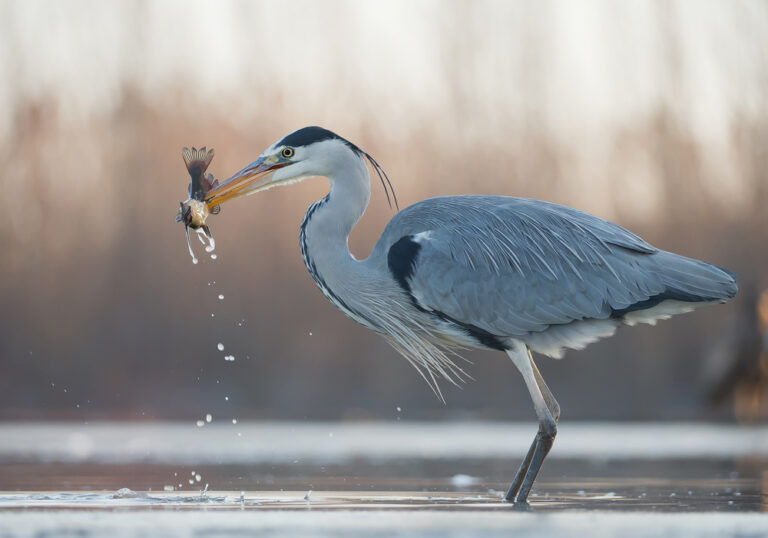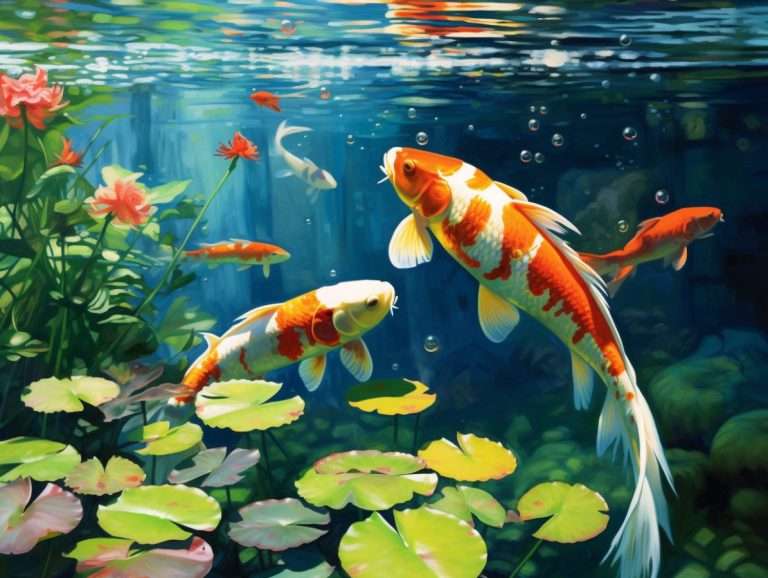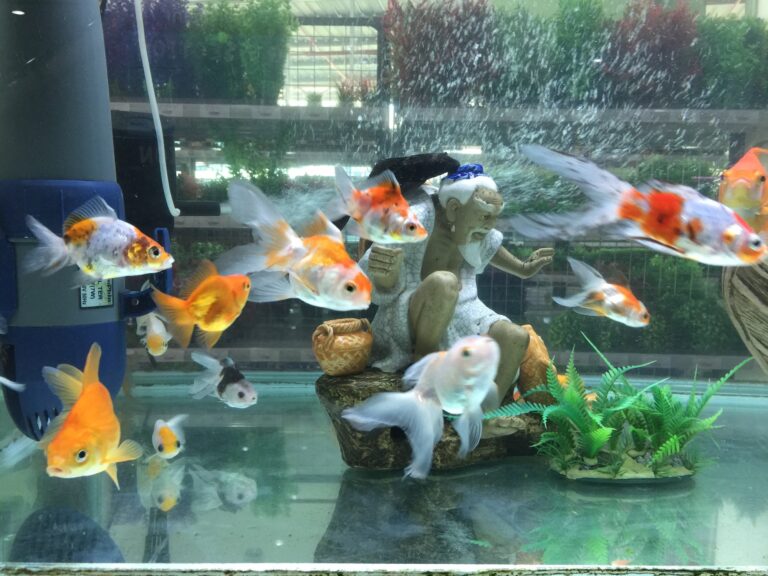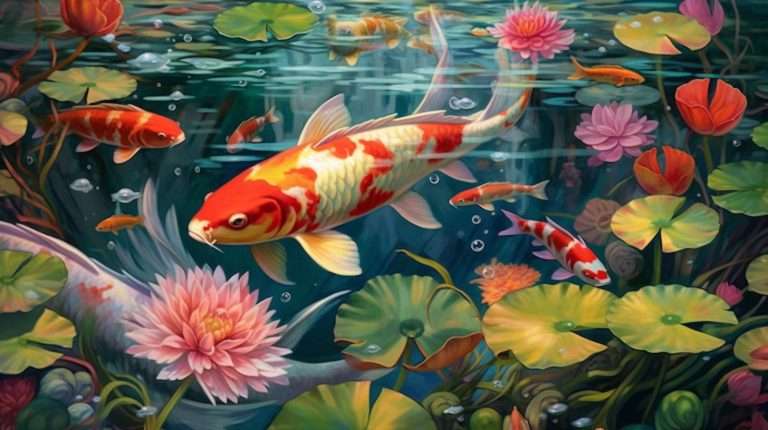Tips For Safe Koi Fish Hibernation
Koi fish require specific care and attention, particularly during the winter months when they hibernate. These fish are known for their vibrant colors and patterns, making them popular for backyard ponds and water gardens. However, caring for koi fish during hibernation can be challenging, and taking the necessary precautions to ensure a safe and healthy winter for these fascinating creatures is essential.
During winter, koi fish enter a state of hibernation to conserve energy and survive the lower temperatures. This hibernation process is crucial for the survival of these fish, but it can also be dangerous if not managed correctly.
Koi fish owners must understand the mechanisms of hibernation and take appropriate steps to prepare their ponds for winter.
Key Takeaways
- Koi fish hibernate during the winter, conserving energy by remaining at the bottom of the pond and slowing down their heart rate and metabolism.
- Hibernation can be unhealthy during extended cold and dark periods, weakening their immune system and making them susceptible to illness.
- Feeding should be limited when the pond temperature drops to 51 degrees or lower, and koi fish cannot be snapped out of hibernation but will ease themselves out of it slowly.
- If the winter season is particularly severe, it is best to move koi fish indoors to simulate the temperature in their tanks to trigger hibernation mode, and the pond should be free of bacteria and parasites during the winter months.
Hibernation Mechanism
The hibernation mechanism of koi fish in winter is a complex process that involves a significant decrease in heart rate and metabolism. During hibernation, koi fish will remain at the bottom of the pond, floating upright, with their pectoral fins tucked underneath their bodies to stay still. As the temperature drops, koi fish will slow down, becoming more lethargic and less active.
However, hibernation can also be unhealthy for koi fish during extended cold and dark periods. The immune system of koi fish slows down significantly, making them more susceptible to illness.
Therefore, it is essential to maintain a carefully controlled pond environment to ensure safe and healthy hibernation. This includes treating the water for at least two weeks before hibernation to eliminate bacteria and parasites, appropriately reducing feeding, and ensuring the water temperature is above 45 degrees Fahrenheit.
Preparing for Winter
To ensure the well-being of aquatic creatures during the colder months, it is essential to take preventative measures in advance. Preparing for winter is crucial for koi fish, as it can significantly impact their hibernation process and overall health.
One crucial step is to clean the pond thoroughly before winter arrives, removing any debris or organic matter that could lead to the buildup of harmful bacteria or parasites. The water should also be treated with appropriate chemicals for at least two weeks before the onset of hibernation.
Another important factor to consider is the temperature of the water. Koi fish should not be fed when the water temperature drops to 51 degrees Fahrenheit or lower, as their metabolism slows significantly during hibernation. It is also crucial to avoid feeding the fish when the water temperature is below 45 degrees Fahrenheit, as they tend to remain still and cannot digest food properly at such low temperatures.
Additionally, koi fish owners should monitor the pond’s temperature regularly and take appropriate measures, such as moving the fish indoors if the winter season is particularly severe.
By taking these preventative measures, koi fish owners can ensure their aquatic pets remain healthy and safe during the colder months.
Indoor Hibernation Simulation
Preparing an indoor environment that simulates the appropriate temperature and light conditions for koi fish during winter may require additional equipment and resources. Still, it is a worthwhile investment for owners who want to ensure the well-being of their aquatic pets.
To simulate the winter hibernation mode, the water temperature should be gradually lowered from 70-75 degrees Fahrenheit to approximately 50 degrees Fahrenheit. This can be achieved using a chiller or a combination of a chiller and a heater. The water temperature should remain stable throughout the winter, and the lighting should be reduced to mimic the natural decrease in sunlight during the winter season.
It is important to note that an indoor environment can never truly replicate the natural environment of a koi pond. Therefore, owners should monitor their fish closely for signs of stress, illness, or disease. Regular water testing and maintenance should also be carried out to ensure optimal water quality.
Additionally, it is recommended to limit feeding during the winter months, as the koi’s metabolism slows down significantly during hibernation. Careful attention to the indoor environment and the koi’s behavior and health can ensure these beautiful aquatic creatures’ safe and healthy winter hibernation.
Originally posted 2023-06-04 08:24:44.










